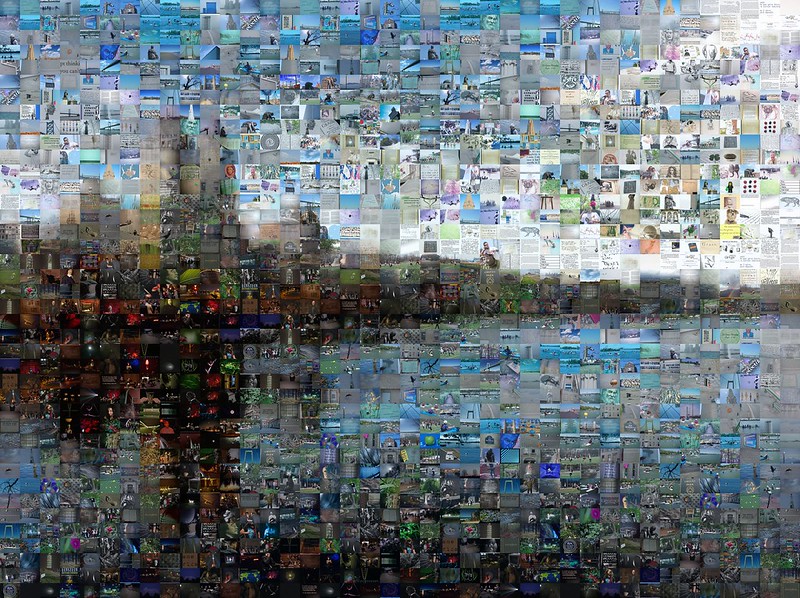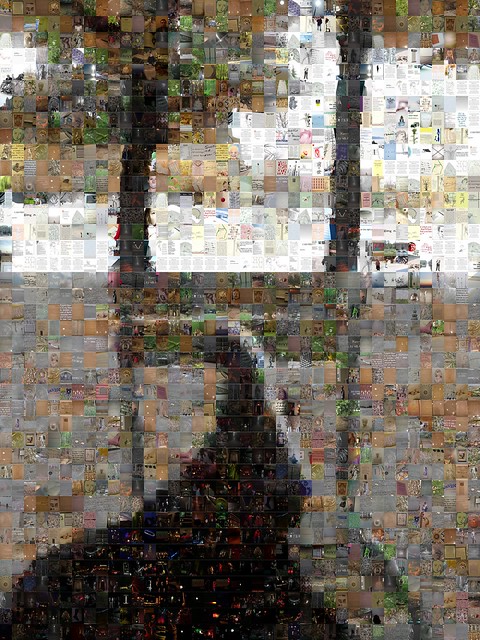Our battered suitcases were piled on the sidewalk again; we had longer ways to go. But no matter, the road is life. – Jack Kerouac
This post is no doubt partially inspired by my upcoming journey back to London to complete this first year of my PhD, then off to Korea in the summer for another go around there. So the electricity of motion is beginning to swell around me a bit and it generates this line of thinking. Today’s post is about travel, motion, and all that, and how learning and understanding emerge from both experience and structured thought. There are some quotes scattered throughout that relate to travel from writers who have articulated their thoughts on travel well.
Before launching into this, I wanted to briefly say that travel is different for everyone, yet it holds such a grip on our collective imagination. It is everyone’s ‘dream’ even when it really isn’t. I know people that find travel to be more fatiguing than enriching, more hassle than its worth. As a society, we should be alright with this. It needn’t be everyone’s dream, but knowing the journey from the destination (and the importance of the former over the latter) should be an organizing philosophy for all. For me, it was everything.
Travel: Experience as Disparate Bits of Binary
So in this life, we are incessant motion, a form of micro-travel that generates endless streams of data (or experience, to use a more human term) and this data is processed or discarded or both and melded into something (if useful) that already exists, a structure, thought, or line of thinking. In short, we experience things and understanding emerges from that experience only when filtered through some other structured thinking (a philosophy, religion, learning theory, what have you). This is a good, practical application of philosophical and logical education, quite literally using logic to interpret input.
This, in my opinion, is how most of my evolving sense of self and cognitive capacity has been bolstered by my travel. I use these disparate streams of data and sequence them through the filter of some philosophy, theory, or desire and make something new, something useful.
…Like sheep
of whose hair is made
blankets and coats, I want
to force from this fierce sturdy
rampant love some useful thing.-Marge Piercy
This, as I see it, is learning as construction. Taking artifacts and forging them into tools, painting, building, articulating based on some predefined filter and some set of data, however disparate. But there is another kind, one that cannot be entirely spliced out. Michelangelo said it very well, this purpose-driven activity of making meaning and structuring experience to thought:
I saw the angel in the marble and carved until I set him free.

Travel: Emergence and Understanding
The second kind of learning is as equally transformative and emerges from our labor, our activity, merely doing. It is learning from ceaseless motion, from fidgeting, tinkering, playing. It is composed of ‘stuff’ and our interaction with this ‘stuff. It emerges from a general lack of objective or purpose, just an overall sense of being. It is quite literally, the learning that emerges from the journey and not the destination. This is an amazingly transformative process, this comprehension through emergence. It is like the Grounded Theory of life, where our structures emerge from observation and interaction rather than some pre-existing notion of being.
One’s destination is never a place, but a new way of seeing things. – Henry Miller
This is also the type of understanding that emerges from (travel or other) experience that is hardest to enact or even articulate. It is almost impossible to concoct as it presupposes a receptiveness to experience that is rare. But it is the goal and the purpose of travel (as far as I see it); it is the surrender to circumstance and a cultivation of the self (to receive this circumstance). Travel, if done right, is philosophy enacted.
So, on a personal level, with or without travel, we can acknowledge both types of learning can occur, the intentional and the serendipitous. As teachers and learners or those who design and enact learning, we can build and structure both of these types of learning. To do so requires education that prepares the self for embrace of the unintentional or seemingly circumstantial, and the agility to apply logic and structure to disparate events. One is emerging, the other is intentionally structured. Both are complementary.
Articulating the Understanding of Travel: Containers and Composition
I have written a bit about this before, but I am always looking for ‘containers’ for expressing this meaning that might be applicable to formal education. We have generally relied on the linearity of text-based essays (and these have proven quite robust) to express knowledge. We need more tools in the arsenal to express the complexity of disparate activity (however chronologically it is received), tools that complement the linearity and authority of text. I have discussed before montage, mosaic, collage, and other aggregations that are useful to this pursuit and some examples are provided here in this post. Mosaics composed of aggregations of thinkers and artists who have influenced my understanding of space, place and purpose (Whitman, Baudelaire, Emerson, Henry Miller, Descartes) and scientists who have articulated the structure of motion convincingly (Newton, Einstein, etc.).
These aggregations are most useful learning constructs for students of any age range. They are the beginnings of a larger workflow of structured thought and activity. They are a conceptual reflection on what is relevant and what isn’t, what makes sense of this disparate activity and what doesn’t. They are the visual language of meaning-making. They are incredibly complementary to the linear articulation of text.
So mosaics, montages, remixes, aggregations, multimodal compositions, these are the places where intention and serendipity collide. As in the video above, occasionally I am not freeing an angel from marble like Michelangelo, but watching one emerge from the static of chaotic activity. Only in the end do I ‘see’ what is being made, or emerging from the activity. My intention couples with serendipity merely by being open to the experience. Learning is profound in these spaces as it aligned with the natural order of the world, and an alignment of logic and emotion, of the heart and the head. Yes, mobile technology can stimulate this alignment. It is almost intentionally designed to do so.
Why We Travel
But this isn’t why we travel. For some, it is an incessant need, a hunger that can’t be satiated (me) or for others a perpetual curiosity about what is out there, over there, far away (also me). It is a search for the spirituality of experience, a search for profundity amidst all the perceived banality (travel taught me that nothing is banal). A Romantic compulsion, an artistic flair, or even a scientific observation. These are reasons we profess to travel, but I am not sure this gets at the heart of it. As I see it, as humans we are completely engineered to move, always. We are engineered to extract meaning from experience, from our hands, from our senses. At heart, we are restless creatures driven by curiosity. I close with Robert Louis Stevenson
For my part, I travel not to go anywhere, but to go. I travel for travel’s sake. The great affair is to move.
That is about as good as it can said.

